Katherine Brooks at the Huffington Post recently suggested a list of “30 Books to Read Before You Turn 30.” I find such lists valuable, given that I often find out about good books I didn’t know, or I am reminded to read books I haven’t yet gotten around to. (Most of the book choices are Brooks’, though she did receive some excellent help, duly acknowledged.)
Lists of books are instructive when they come from someone so widely read as Ms. Brooks who, it appears, has made a specialty of interesting lists, such as films about human rights, art books, music festivals, art museums, daily habits of artists, to mention only the most recent.
Some of her recommendations belong to the canon of great books, but not in my opinion, best read until after age 30. I would suggest readers wait a decade or two before tackling either George Eliot’s Middlemarch (1871-72) and James Joyce’s Ulysses (1918-1920). To appreciate them, a reader requires skill at reading a novel, a great deal of patience, and the experience of being buffeted about by life.
I would put Virginia Woolf’s To the Lighthouse (1927) and three contemporary classics, Sadie Smith’s White Teeth (2000), Jonathan Franzen’s The Corrections (2001), and Jonathan Barnes’, The Sense of An Ending (2011) in the same cautionary category — definitely for the older, seasoned reader who has lived long enough to look back.
Another book to read later in life is Midnight’s Children (1981) by Salman Rushdie, the only book set during a period of historical change on the list, and the only novel reminiscent of Tolstoy or Hugo. Rushdie’s setting is the gradual breakdown of the British Raj leading to the partition of India and Pakistan in 1947. Colon Valentine summarizes: “Its scope is massive — reaching through generations and decades of political intrigue, but it focuses the telling of history in the tragedy of individual lives. . . be prepared to swallow its world.”
I applaud the inclusion of Plato’s Symposium, Nietzsche’s On the Genealogy of Morals (1887), Jane Austen’s Persuasion (1816), and Beckett’s Waiting for Godot (1949), though all of these, with the exception of Austen, are best understood if discussed with others. They are naturally pedagogic reads, given the theatricality of both Plato and Beckett and Nietzsche performing in his mad, but prophetic, aphoristic style.
I’m not quite sure why Ms. Brooks recommended Anais Nin’s erotic classic Delta of Venus — published posthumously in 1977 — for the younger reader, when I think Nin’s version of sexual awakening has more impact on readers further removed from the salad days of their own relational misadventures. Ms. Brooks describes the 20s as a time when readers were “restless and hungry for new ideas.” Agreed, but Anais Nin’s flapper escapades can hardly keep pace with our culture of “hooking up.”
Several of the recommended books, however, are particularly suited to the 20’s restlessness, especially Tom Wolfe’s The Painted Word (1975), the author’s “irreverent takedown of art-world bullshit.” And, most welcome, is the inclusion of Kurt Vonnegut: Letters (2012), edited by Dan Wakefield. Even if you never cared much for his fiction, Vonnegut’s a wise man whose compilation of correspondence “proves in one way or another that real life, the stuff of nonfiction, propels forward, even after the most unmanageable moments of anguish.”
I do miss seeing Goethe’s The Sorrows of Young Werther (1774) on the list, even if the suicide of its protagonist led to a number of copycat suicides across Europe.
I couldn’t agree more with the description of Marilynne Robinson’s Housekeeping (1980) as a saga of fidelity that “will cut right to your soul.” Claire Fallon describes it as the story of an “aunt [who] struggles to stay in town to care for the girls despite her wanderlust and obvious disconnect from society.”
Infidelity is the theme of Jenny Offill’s Dept. of Speculation (2014), a book I haven’t read but was tempted to sample by its nifty description as “lyrical observations about what it is to be human and hilarious anecdotes about yoga pants.”
I would not have been surprised to find Ralph Ellison’s Invisible Man (1952) on a list with Richard Wright’s Native Son (1940), but I am surprised by the choice of Toni Morrison’s first novel, The Bluest Eye (1970). Morrison’s narrative “treatment of endemic prejudice” pales before Wright’s masterpiece, in my opinion.
Alice Munro’s short stories are indeed “some of the best crafted by a living writer,” but I would have opted for a collection of Munro’s later work rather than the 1971 Lives of Girls and Women which is preoccupied with the nascent feminism of that decade. The choice of The Year of Magical Thinking (2005) by another feminist writer, Joan Didion, is very welcome because it deals with a subject every reader has to face one day — grief. This book describes Didion’s life after the death of her husband — few writers have dealt with grief in a way that “captures its essence.”
Another short story writer, Texas native George Saunders, I know from his 2010 collection Tenth of September. So, there is no reason to doubt this earlier one In Persuasion Nation (2006) is anything less than superb. Brooks calls it a “dose of unreality everyone under 30 (and over, for that matter) should experience.”
Leaving the Atocha Station by Ben Lerner (2011), is a debut novel which the reviewer for the New York Times compared to Hemingway’s The Sun Also Rises (1926), a “lost generation” book for the Millennials, so to speak. Maddie Crum describes the narrator Adam, a poet on a fellowship in Spain, “wandering around museums, smoking, and pursuing women.” Adam is “aware of his flaws and shortcomings but unable to correct them, he instead invites the reader to witness his wanderings and musings firsthand and unfiltered.” Sounds interesting.
Girls to the Front: The True Story of the Riot Grrrl Revolution, Sara Marcus (2010) is recommended but without its telling subtitle, which I have included. Ms. Brooks tells us, “No one should leave their 20s without understanding the impact of Riot Grrrls on contemporary culture, be it art, music, or feminism in general.” I want to ask Ms. Brooks, “Are you serious?” Or I could ask, “What am I missing?”
Brooks’ list contains too few books translated from other languages, but she has included some very good ones, particularly My Brilliant Friend (2012) by Italian writer Elena Ferrante, about two young women seeking to “escape the violent, patriarchal strictures of Neapolitan life.” New Yorker critic James Wood calls My Brilliant Friend a “beautiful and delicate tale of confluence and reversal,” praising her novels as “intensely, violently personal, and because of this they seem to dangle bristling key chains of confession before the unsuspecting reader.”
Lesabéndio: An Asteroid Novel, by Paul Scheerbart (1913), translated from German, is praised by no less a critic than the late Walter Benjamin, “The serene and gentle amazement with which the author tells of the strange natural laws of other worlds …” Ms. Brooks recommends Lesabéndio for “those pondering a professional future beyond their humanities educations . . . [weighing] the importance of technical discovery, aesthetic progress, and collaboration between artists and scientists.” I’m not a science fiction fan, but if I were I would want to know about this book.
Several books on the list seem to be the favorites of her recent reading, such as A Little Life by Hanya Yanagihara (2015). At 720 pages, this novel had better be good to be included along with Middlemarch and Persuasion. Yanagihara, a Hawaiian American writer, traces the lives of four friends recently graduated from college through their life in Manhattan, where “the author picks away at our ability to understand grief and depression, challenging the reader to be more and more empathetic.”
Another recent favorite of Ms. Brooks is Everything I Never Told You by Celeste Ng (2014). Ng grew up in a family of scientists in Pennsylvania and Ohio, and after attending Harvard and the University of Michigan has distinguished herself, including a Pushcart Prize, as a writer of the first rank. A thriller about the sudden death of an Ohio high school girl, Ms. Brooks calls it, “a stunning glimpse into the generation that preceded Millennials.” I will want to read this one.
Priscilla Frank recommends the 2013 novel, Americanah, Chimamanda (2013) by the Nigerian writer, Ngozi Adichie, is about two Nigerian teenagers who emigrate to the U.S., “depicting just how different an experience it is to be African in America and to be an African-American.” Ms. Franks praises “Adichie’s hilarious, sparkling prose…”
Also recommended is a novel entitled, I Love Dick (1997) by Chris Kraus. Once you get beyond the title, assuming you can, Priscilla Frank summarizes this story as a married couple who “embark on the strange, erotic exercise of sending love letters to the man Kraus wants desperately to sleep with.” Kraus, an American woman, has a vast resume including journalist, filmmaker, dancer, performance artist, and college professor. One reviewer said of I Love Dick, it tears down “so many assumptions about what the form can handle (in this case, what the form of the novel can handle) that there is no way to re-create your mind before your encounter with them.” I will take a pass on this one.
Perhaps the biggest surprise on the list is A.J. Heschel’s treatise on the Jewish tradition of Shabbat — The Sabbath (1955). A Polish-born rabbi and scholar, Heschel emigrated to the United States in 1940 eventually becoming a professor of Jewish mysticism at the Jewish Theological Seminary of America. His 1955 God In Search of Man (1955) was almost required reading during my college and seminary years, read alongside the work of Karl Barth, Paul Tillich, and Martin Buber. Priscilla Frank’s powerful summary of The Sabbath is worth quoting in full.
“Heschel’s compact gem explores the history and significance of the Jewish tradition of Shabbat. Yet even for the non-religious reader, the book offers a gripping and timely meditation on the holiness of time, as relevant as ever in today’s space-dominated world. Whether or not you’re practicing or Jewish at all, this book will show the immense import of a day of rest.” (emphasis added)
To conclude, this is not a list written from the perspective of “3o Books I Should Have Read Before I Was 30.” A list, I suppose, would be less interesting and offer fewer discoveries than the one offered by Ms. Brooks and her friends at the Huffington Post.

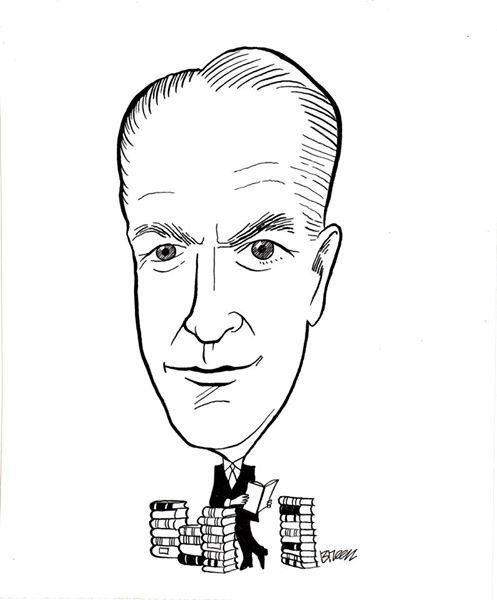


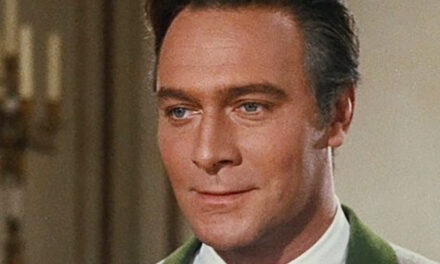
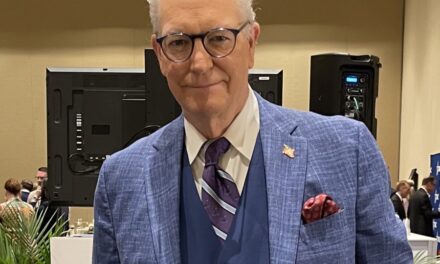


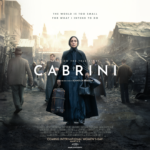


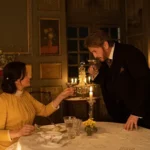
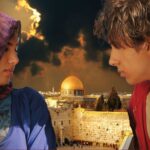
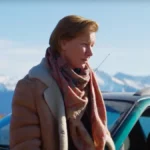
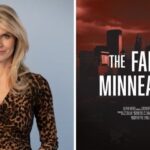
What, no link to the list?
technical problems, working on it Rich………..thank-you.
Rich, the link is back up, thanks, Deal
Deal, I like comments on the selection. My question is: “Why only thirty?”
Why, Milan, do you want some more? 🙂
Deal